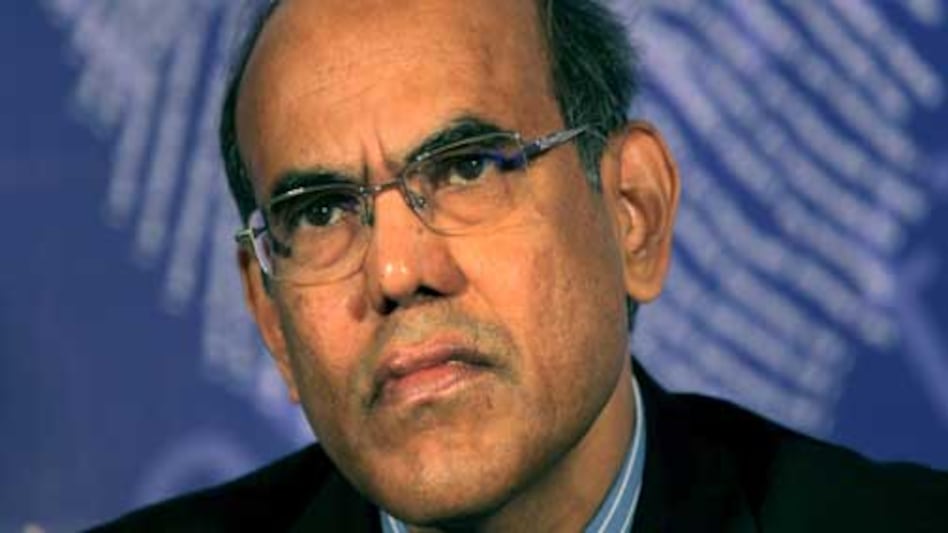
Anand Adhikari
Reserve Bank of India (RBI) Governor
D Subbarao has hinted that the recent liquidity tightening measures will be rolled back in a calibrated manner after stability is restored to the foreign exchange market.
The rupee, which is hovering around the 60 mark against the dollar, is not in the comfort zone of the central bank. It has been depreciating since 2008 after appreciating to a level of 38-39.
The RBI governor has also suggested that structural measures should be initiated swiftly to
bring the current account deficit (CAD) - excess of imports over exports and remittances - down to sustainable levels.
"We are having to forfeit some monetary policy discretion to address external sector concerns," said Subbarao while keeping the repo rate and cash reserve ratio (CRR)
unchanged in the first quarter review of monetary policy 2013/14.
The repo rate, which determines the lending rates, is kept unchanged at 7.25 per cent while the CRR, the amount banks have to keep with the RBI, remains at 4 per cent.
The RBI said the monetary policy stance over the last two years has predominantly been shaped by the growth-inflation dynamic. External sector concerns though have had a growing influence on policy calibration over the last one year, it added.
In fact, the current situation - a moderating wholesale price inflation, prospects of food inflation softening on the back a good monsoon and decelerating growth - would have actually provided a case for reducing interest rates but for the volatility in the forex market, Subbarao said.
The trouble for the domestic currency started in May after the US Federal Reserve Chairman's testimony to the US Congress was widely interpreted as a sign that the country's monetary stimulus will be withdrawn. This pushed up interest rates in the US and led to a flight of dollars from emerging markets like India, weakening the rupee.
India also has a large CAD, which is well above the acceptable level of 2.5 per cent of GDP. In 2012-13 , the CAD was at 4.8 per cent of GDP.
A high CAD has put further pressure on the rupee. "It has brought the external payments situation under increased stress, reflecting rising external indebtedness and the attendant burden of servicing of external liabilities," Subbarao said.
 RBI Governor D Subbarao. PHOTO: Associated Press
RBI Governor D Subbarao. PHOTO: Associated Press  RBI Governor D Subbarao. PHOTO: Associated Press
RBI Governor D Subbarao. PHOTO: Associated Press 